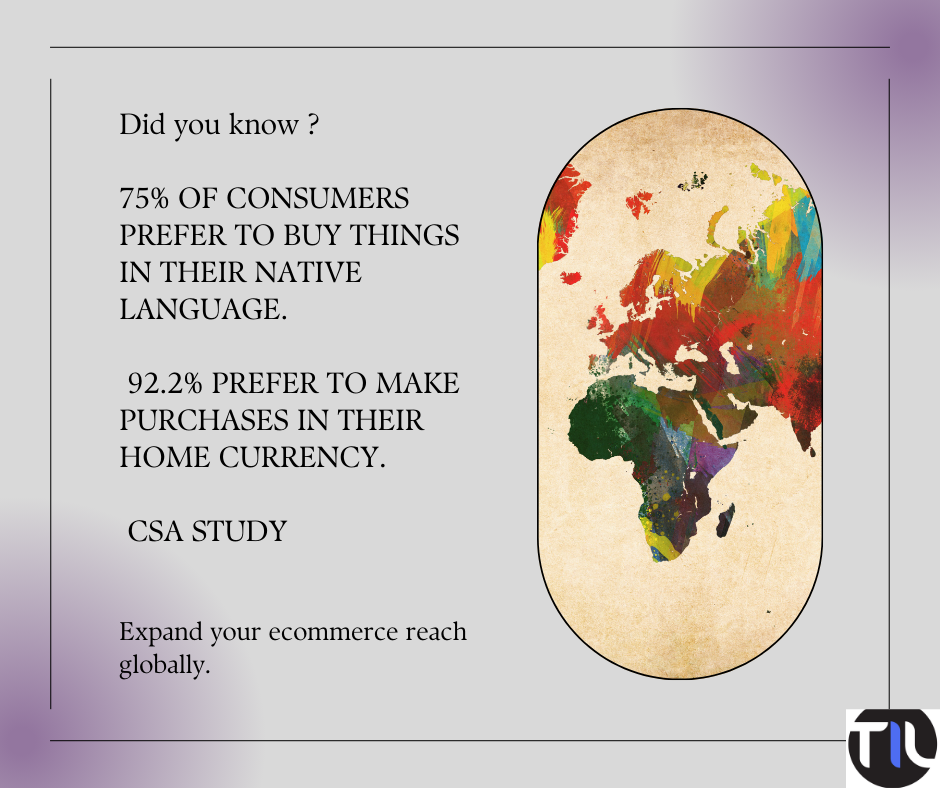When products are sold online, national borders become irrelevant. E-commerce has revolutionized retail by allowing any store to offer its wares globally. Opening an online store in English might seem like an easy way to reach out to international markets. However, research highlights the critical importance of tailoring content and visuals to meet the expectations of a global audience for the success of an online business.
Customers won’t engage with websites they can’t understand. Even if online shoppers have a decent grasp of your primary language, forcing them to mentally translate before making a purchase can significantly detract from their shopping experience.
E-commerce Translation & Localization: 5 Game-Changing Practices with TranslationsinLondon
Enhance your global e-commerce strategy with these five crucial tips for multilingual web store development and seamless ecommerce translations. By understanding your target audience’s preferences and behaviors, you can ensure a smooth and efficient fashion translation and localization process for your online business.
- Analyze Geographic and Linguistic Data for Market Insights
Understanding where your customers come from and their language preferences is key to identifying new markets. Utilize analytics tools to track user locations and popular languages, providing a foundation for your translation efforts with services like TranslationsinLondon. This initial analysis helps target ecommerce translations effectively, catering to the linguistic needs of your primary audience.
- SEO-Optimize E-commerce Content
Incorporate SEO strategies in your content, utilizing meta titles and descriptions to boost your e-commerce site’s visibility in international markets. Ensure that translations are performed by SEO-savvy linguists from TranslationsinLondon, who can align your content with what your global audience is searching for, enhancing your ecommerce translations for better reach and engagement.
- Adapt to Local Currencies
To avoid customer confusion and enhance trust, display prices in the local currency accurately. This attention to detail in fashion translation and pricing adjustments can significantly impact buyer decisions, making your site more user-friendly for an international clientele.
- Localize E-commerce Reviews for Increased Trust
Incorporate user-generated reviews in local languages to bolster your brand’s credibility in new markets. This strategy not only enhances consumer satisfaction but also strengthens brand trust, making it a cornerstone of successful ecommerce translations and localization efforts.
- Offer Localized Customer Service
Providing customer support in the local language is essential for fostering a positive shopping experience. Consider implementing live chat, phone support, or localized help content to address the needs of your international customers effectively. This level of support is crucial for a seamless transition into multilingual e-commerce, ensuring customer satisfaction across different regions.
Embracing these practices will help you navigate the complexities of global e-commerce with ease. Whether it’s through precise fashion translation, strategic SEO, or tailored customer service, understanding and catering to your international audience is key. Contact TranslationsinLondon today for expert guidance on transforming your e-commerce platform into a globally successful online business.
